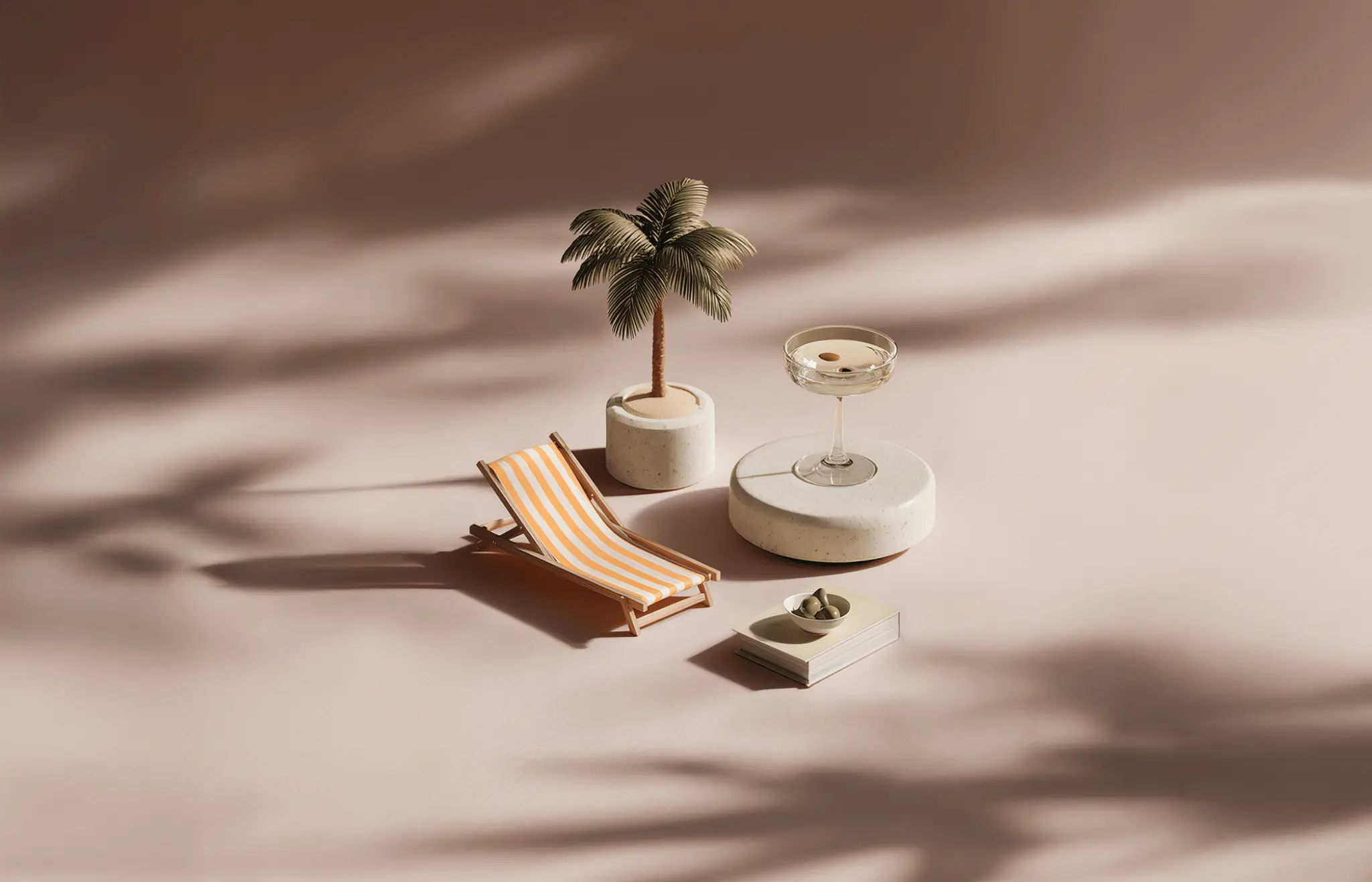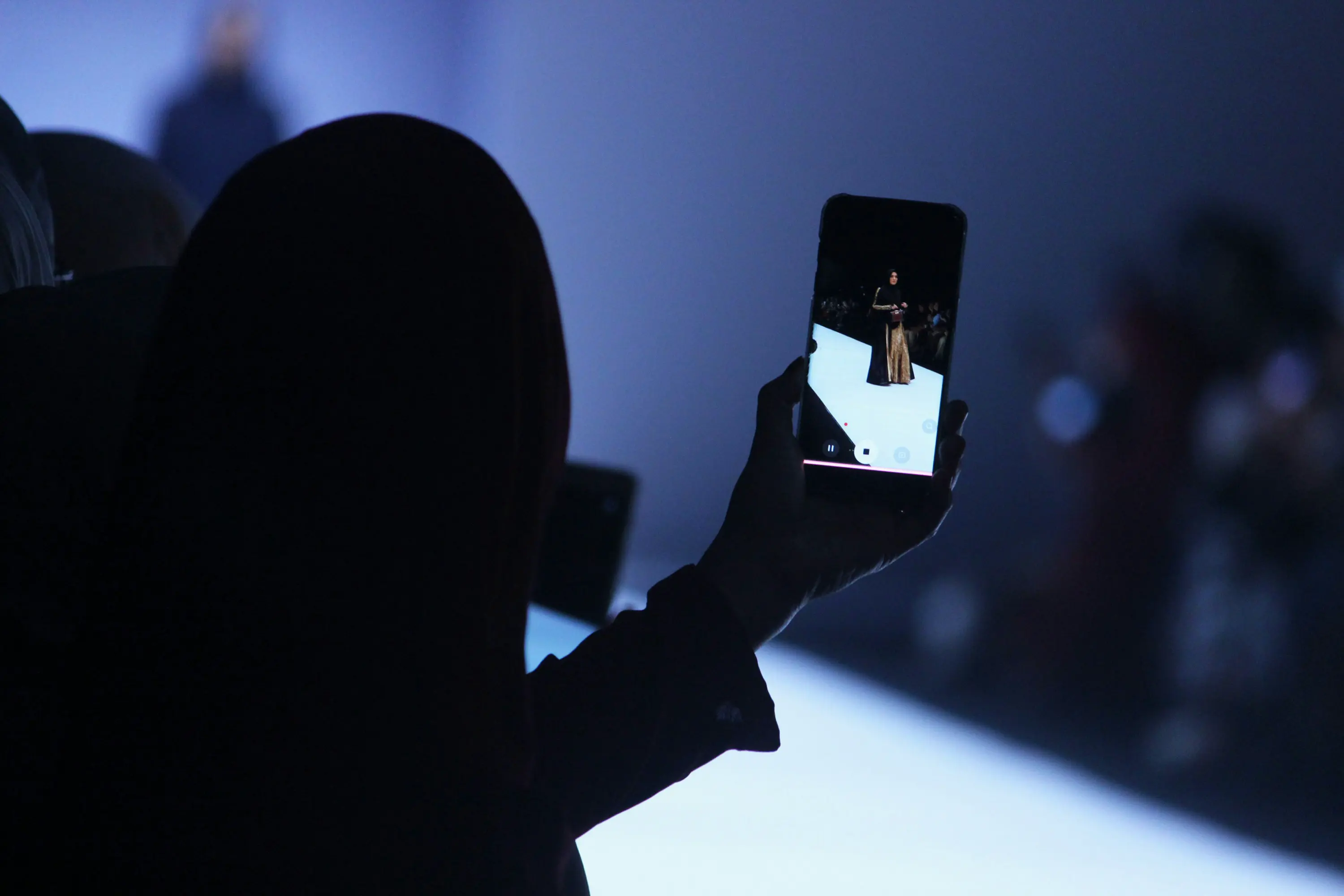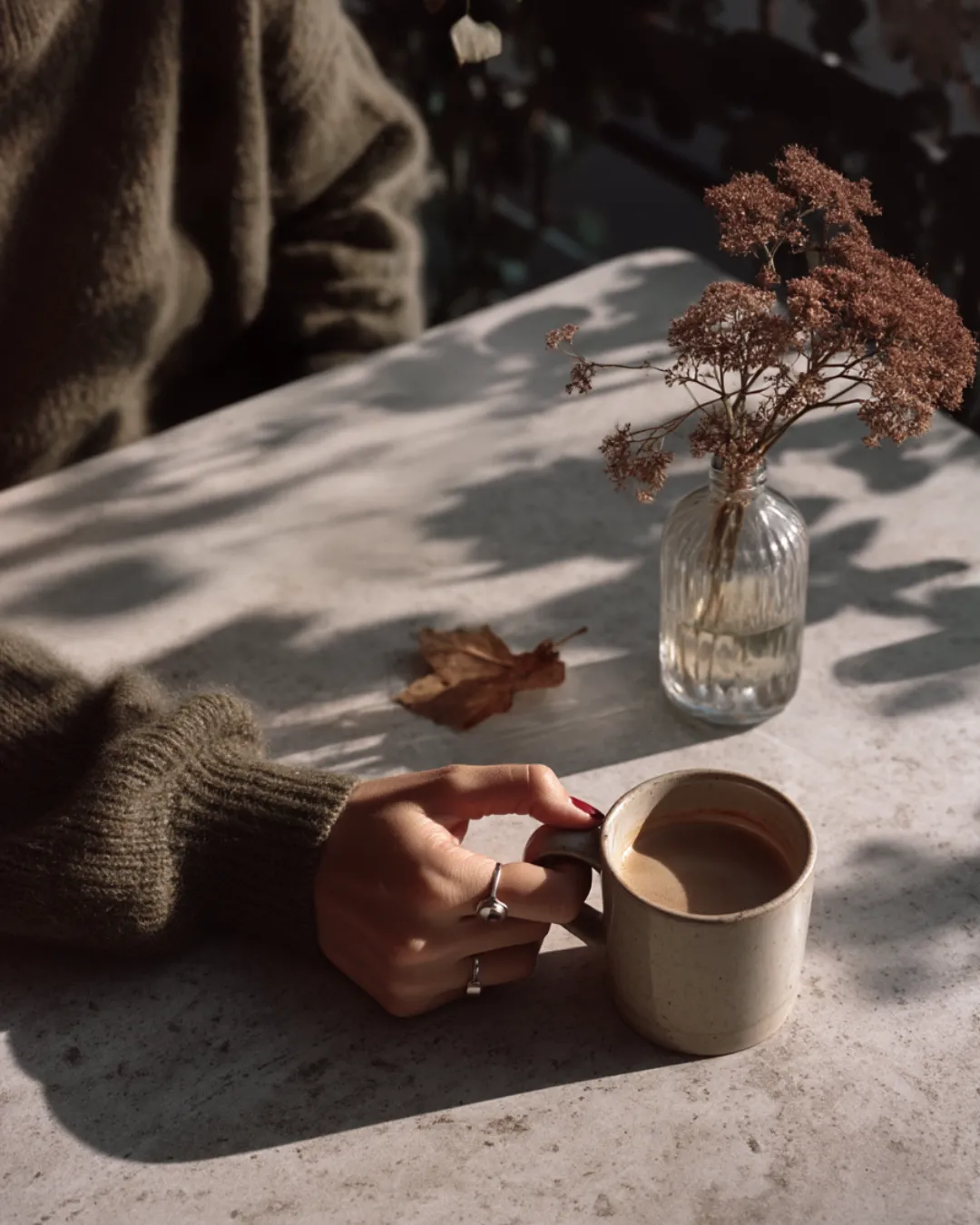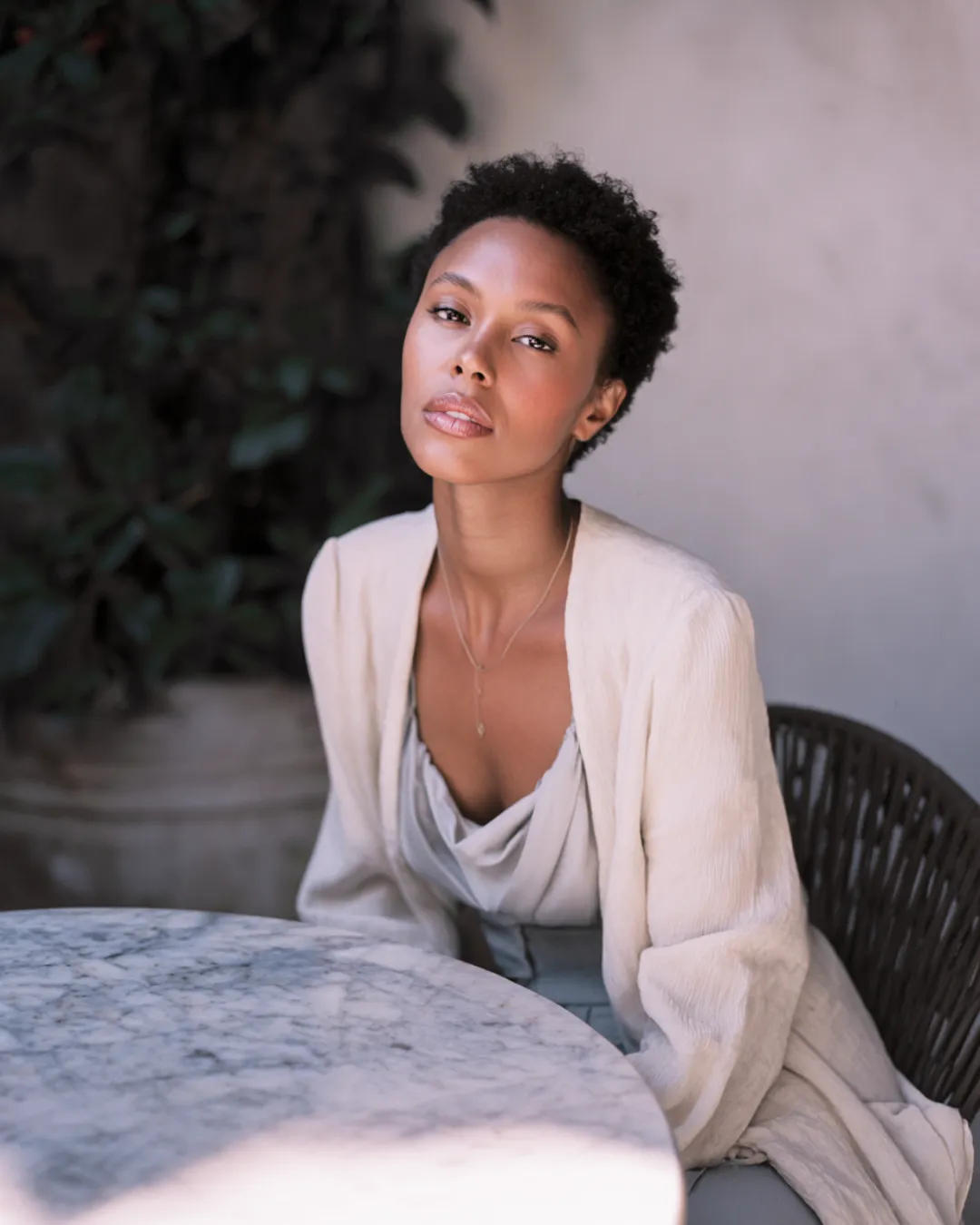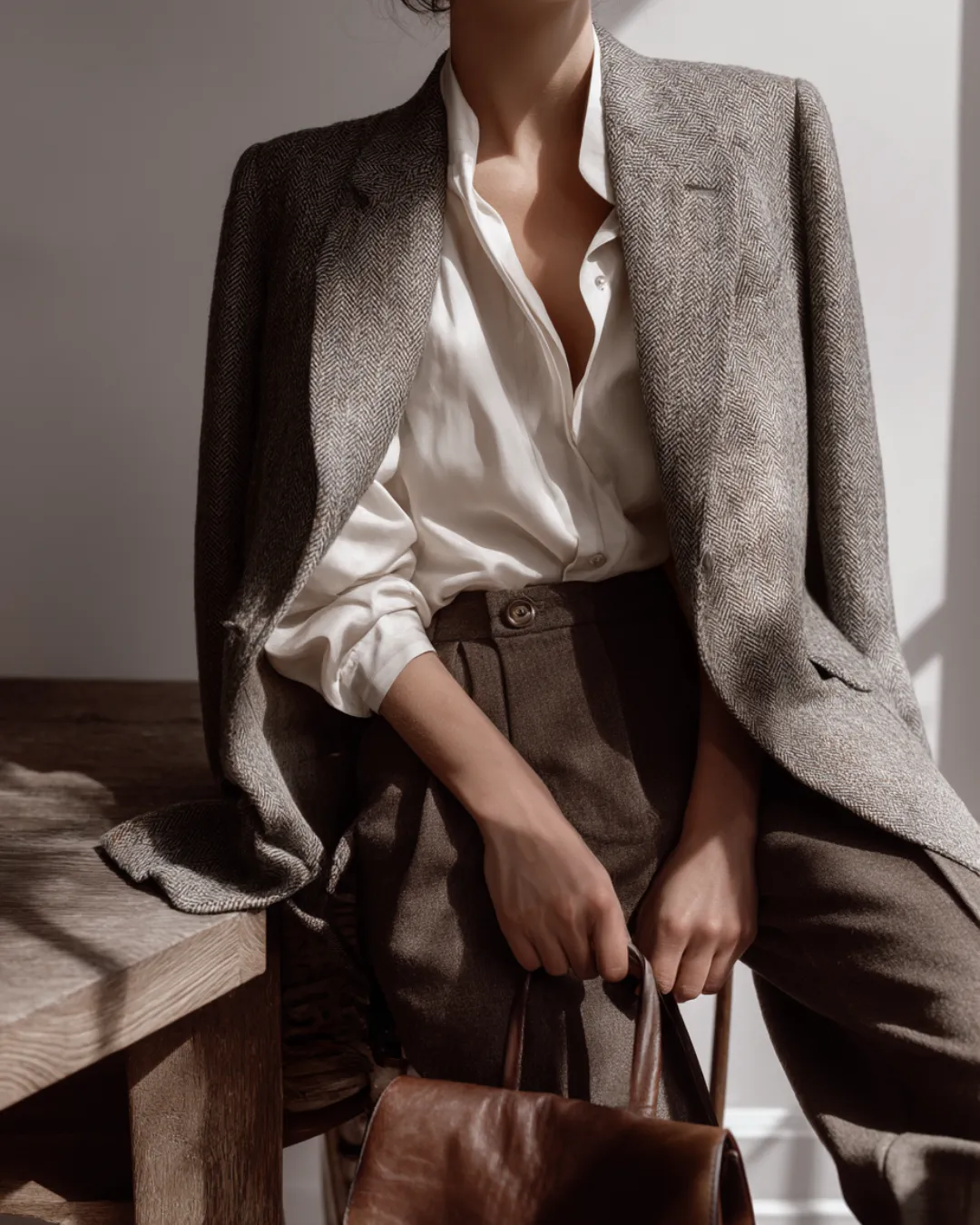The Trumps and the Quiet Luxury Movement
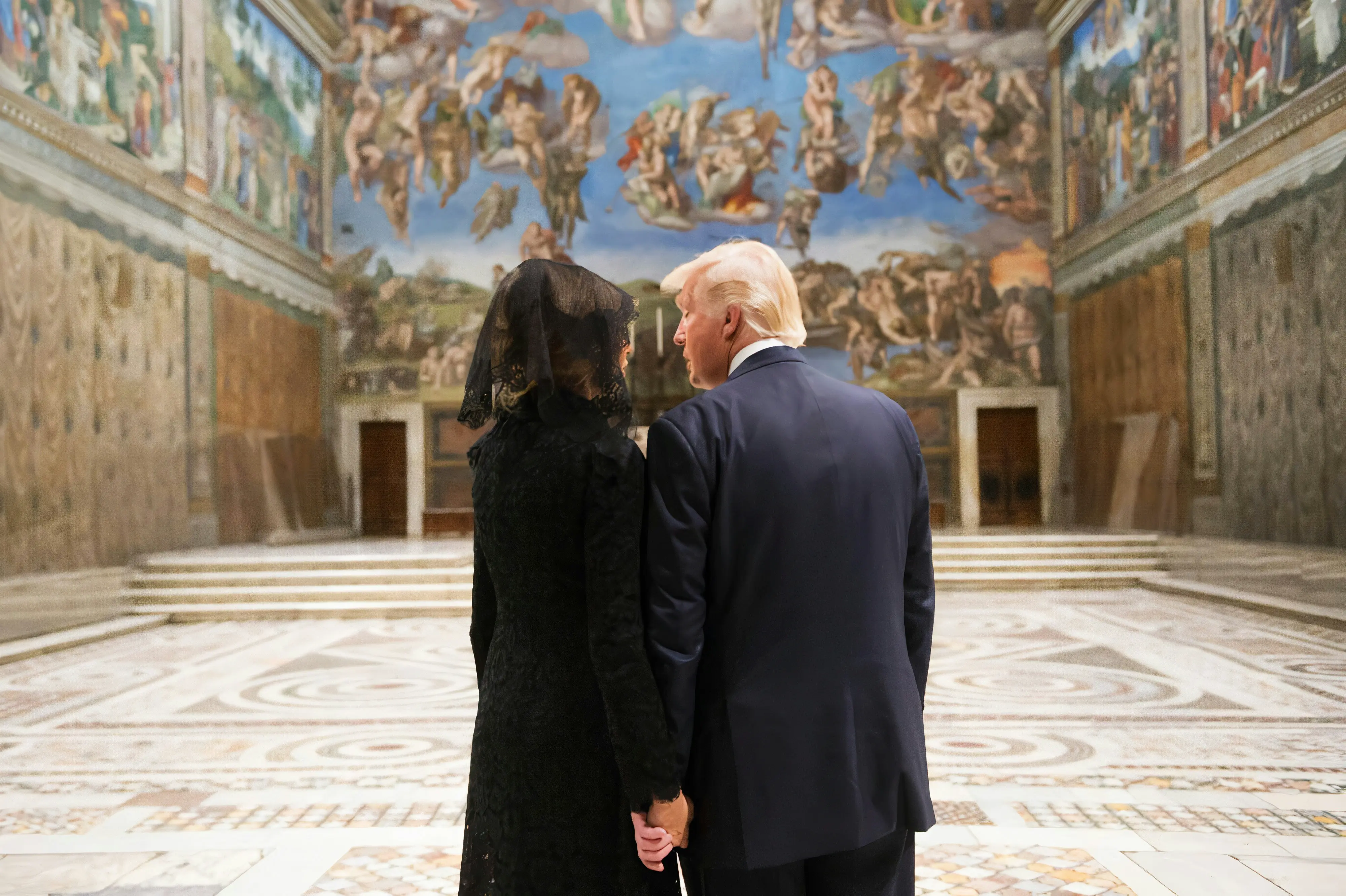
Courtesy of Henge
Courtesy of Andreas Simopoulos
Courtesy of Dave Benett
Courtesy of Japan Mobility Show
Courtesy of ART Cologne
Courtesy of whenobjectswork / Kate Hume
Courtesy of Ivan Erofeev
Courtesy of Stéphane ABOUDARAM - WE ARE CONTENT(S)
Courtesy of Sacha Moreau / Global Gift Gala Monaco
Courtesy of Fadi Al Shami
Courtesy of Sofia Hartmann
Courtesy of Historyhd
Courtesy of Mick De Paola
Courtesy of the artist (c) VG Bild-Kunst, Bonn 2025. Photography by Jens Ziehe.
Courtesy of Yasamine June
Courtesy of Rawisara Prachaksubhanit
Courtesy of Mariia Dred for Berlin Fashion Week
Courtesy of Michael Fousert
Courtesy of Raden Prasetya
Courtesy of Antonia Tewes
Courtesy of Antonia Tewes
Courtesy of Carlo Bazzo
Courtesy of Artem Zakharov
Courtesy of James Cochrane / Copenhagen Fashion Week SS26
Courtesy of Fashion Week Studio
Courtesy of Burak Goraler / AFW
Courtesy of Antonia Tewes
Courtesy of SF / Luigi Caputo
Courtesy of Bruno Cordioli / CC BY 2.0 via Wikimedia Commons
Courtesy of Dubai Fashion Week / Ruzaini Official
Courtesy of Frieze Seoul 2025 / Wecap Studio
Courtesy of LecartPhotos
Courtesy of Jacopo Salvi / La Biennale di Venezia / ASAC Photo
Courtesy of Campione d’Italia’s Classic Circuit
Courtesy of Maxi Yacht Rolex Cup
Courtesy of Jochem Raat
Courtesy of Corey Watson
Courtesy of Pitti Immagine / Fragranze
Courtesy of Le Sable
Courtesy of Once Milano
Courtesy of Monaco Yacht Show
Photo by Darren Carroll/PGA of America
Courtesy of Guy Bell / British Art Fair
Photo by Sean Zanni / Patrick McMullan via Getty Images
Courtesy of Messe München GmbH / Thomas Plettenberg
Courtesy of ph G Martin-Raget/SNST
Courtesy of David Pupăză
Courtesy of Derek Rose
Courtesy of Jim Winslet
Courtesy of Millie Turner/BFI
Photo by Hugo Glendinning. Courtesy of Frieze
Courtesy of Rolex / Kurt Arrigo
Courtesy of Laura Dupuy
Courtesy of Palm Beach Show Group
Courtesy of Getty Images for Perelman Perfor
Courtesy of BFA 2025
Images credited Jason Alden courtesy of LAPADA
Courtesy of Informa Markets
Courtesy of The Qatar Boat Show
Courtesy of Getty Images for Baby2Baby
Courtesy of Jeanne Canto
Courtesy of Darian DiCianno
Courtesy of David Long/Cancer Research UK
A
T
I
O
T
M
I
L
L
L
C
S
S
T
T
A
T
H
F
T
E
F
O
A
T
F
I
T
T
T
T
I
I
T
I
O
P
S
A
S
U
O
A
E
G
B
I
A
I
L
I
T
M
O
G
U
I
L
S
N
I
D
U
T
A
F
I
W
F
O
A
A
M
L
I
t the recent inauguration, Melania and Ivanka Trump subtly shifted the narrative of political fashion by embracing the “quiet luxury” trend—a departure from the bold, logo-driven styles that once defined their public personas. Melania wore a navy ensemble by Adam Lippes, paired with a wide-brimmed Eric Javits hat, while Ivanka opted for a green coat and hat. These choices signal a nuanced approach to power dressing and reflect a broader cultural pivot toward understated elegance, sustainability, and timeless design—a trend gaining momentum in both fashion and political spheres.
What is Quiet Luxury?
Quiet luxury is characterized by minimalist aesthetics, premium materials, and the absence of overt branding. It has emerged as a counterpoint to the logomania and fast fashion dominance of the 2010s. Consumers are increasingly prioritizing quality over quantity, leading to the rise of brands like The Row, Loro Piana, and Totême, which embody the quiet luxury ethos and appeal to shoppers seeking long-lasting investment pieces.
Melania’s choice of Adam Lippes, a designer known for his craftsmanship, aligns with the quiet luxury ideal. Her navy ensemble combines durability with elegance, while her Eric Javits hat, from a brand that incorporates sustainable materials, emphasizes a conscious approach to consumption. Ivanka’s green coat and hat, similarly, project a polished yet restrained aesthetic that fits within the principles of quiet luxury.
Symbolism and Strategy
Fashion has long been a tool for political figures to communicate values and intentions. During her time as First Lady, Melania was often seen in bold, statement-making designs, such as the infamous “I Really Don’t Care, Do U?” jacket in 2018. Ivanka, too, faced criticism for her fashion brand’s labor practices while promoting Trump-era policies. Their inauguration looks, however, suggest a strategic recalibration.
Dr. Valerie Steele, Director of the Museum at the Fashion Institute of Technology, has noted that political figures use clothing to balance visibility and approachability. Quiet luxury allows them to project sophistication without appearing ostentatious—a critical balance in today’s polarized climate. This shift may also signal an attempt to align with growing consumer demand for authenticity and responsibility.
Sustainability and the Luxury Paradox
While quiet luxury is often marketed as sustainable, the industry faces scrutiny over its environmental impact. Eric Javits incorporates sustainable materials, marking a step toward ethical production. However, the sustainability of Adam Lippes’ practices is less clear. Additionally, studies suggest that luxury brands can have a larger environmental footprint per garment than fast fashion due to complex supply chains and material sourcing.
Ivanka’s green ensemble might visually suggest eco-consciousness, but without transparency, it remains speculative. A sustainability expert explains, “Green is often used to imply environmental friendliness, but without verifiable practices, it remains superficial.”
The Future of Quiet Luxury
Fashion analysts predict that quiet luxury will continue to dominate, driven by post-pandemic minimalism and economic uncertainty. Trend forecaster Li Edelkoort sees this as a response to overconsumption fatigue, with consumers seeking pieces that transcend seasons and trends.
For political figures, this trend offers a way to modernize their image. In times of climate crisis and social change, quiet luxury could help them visually align with progressive values.



